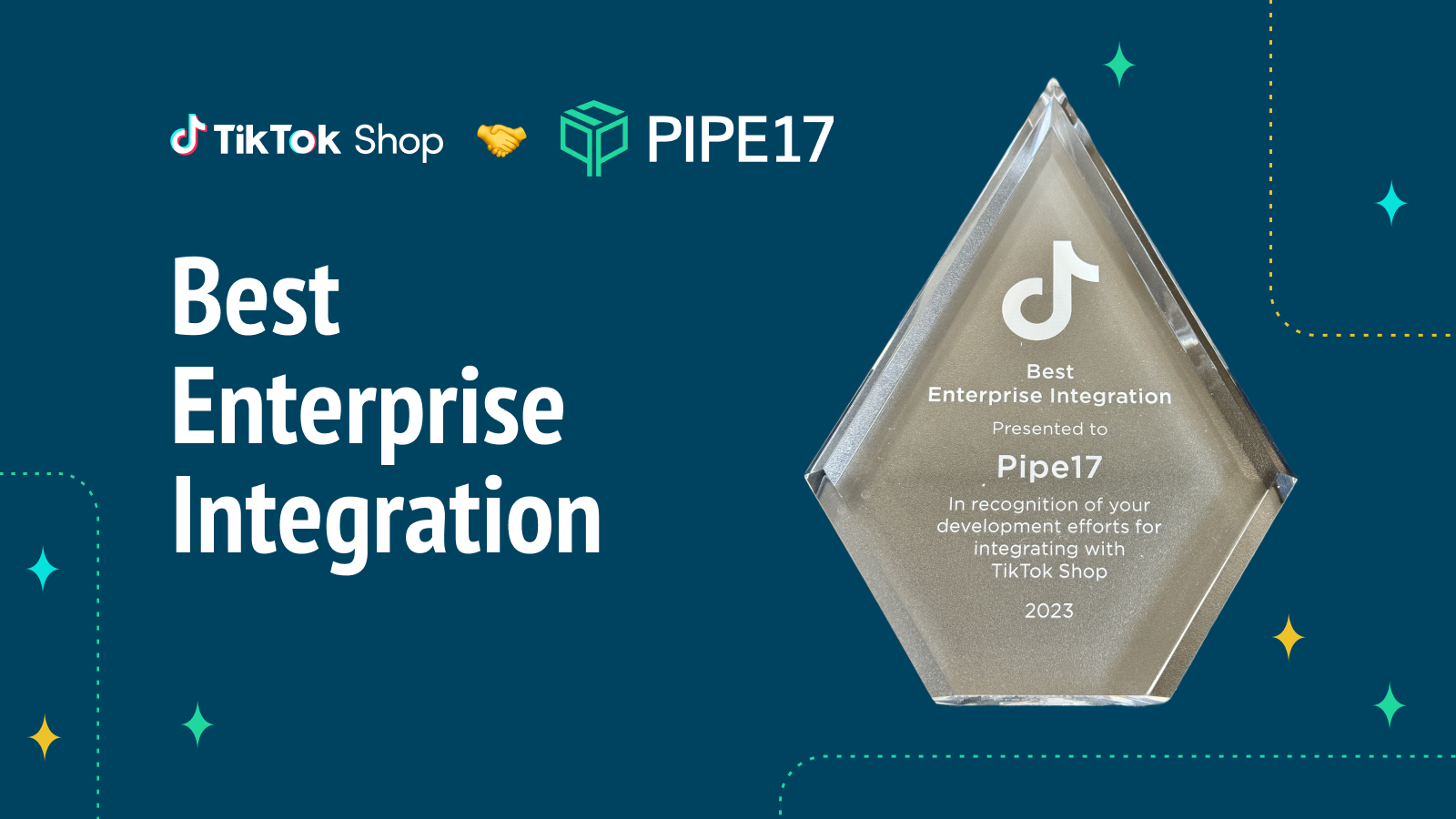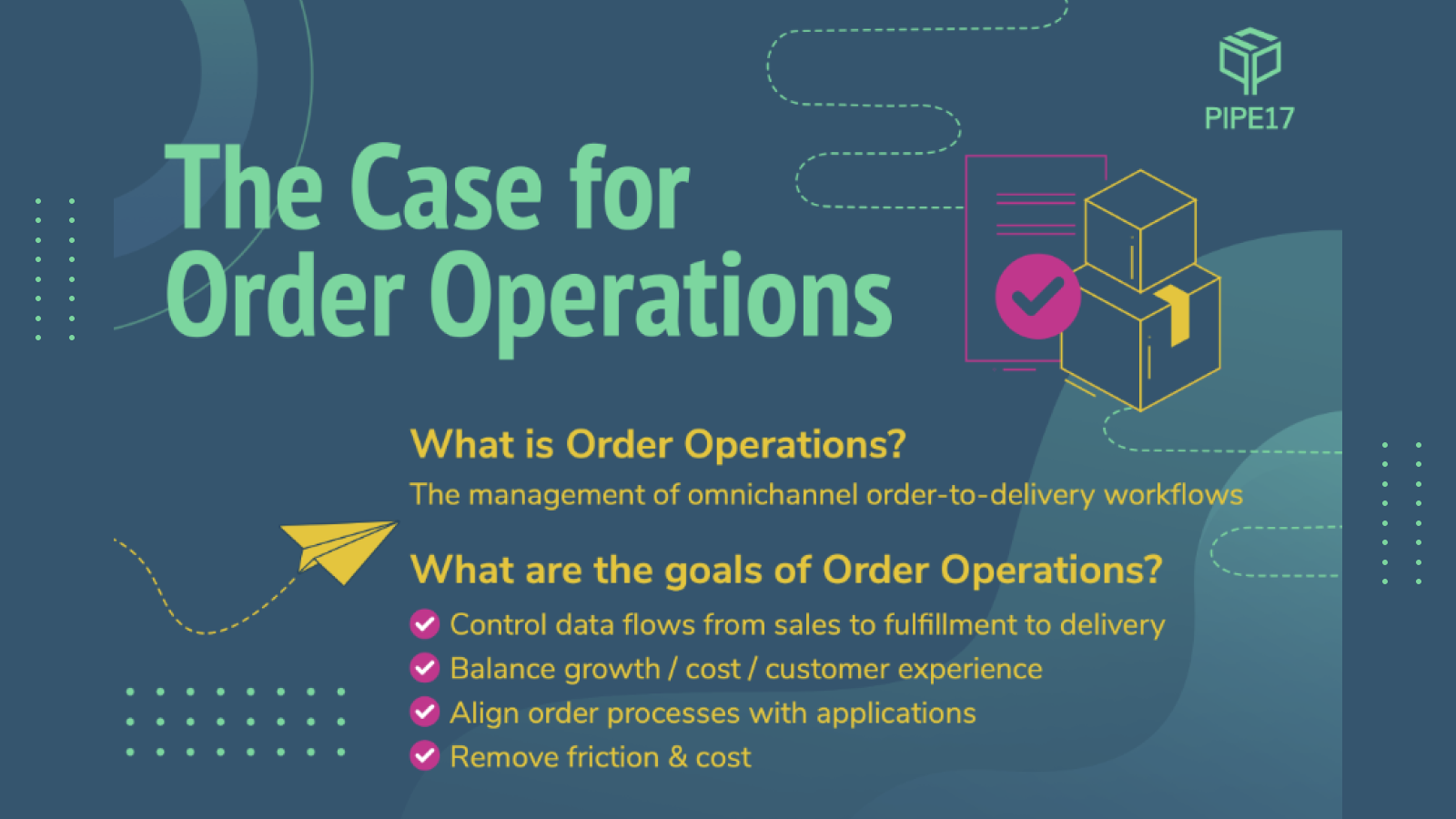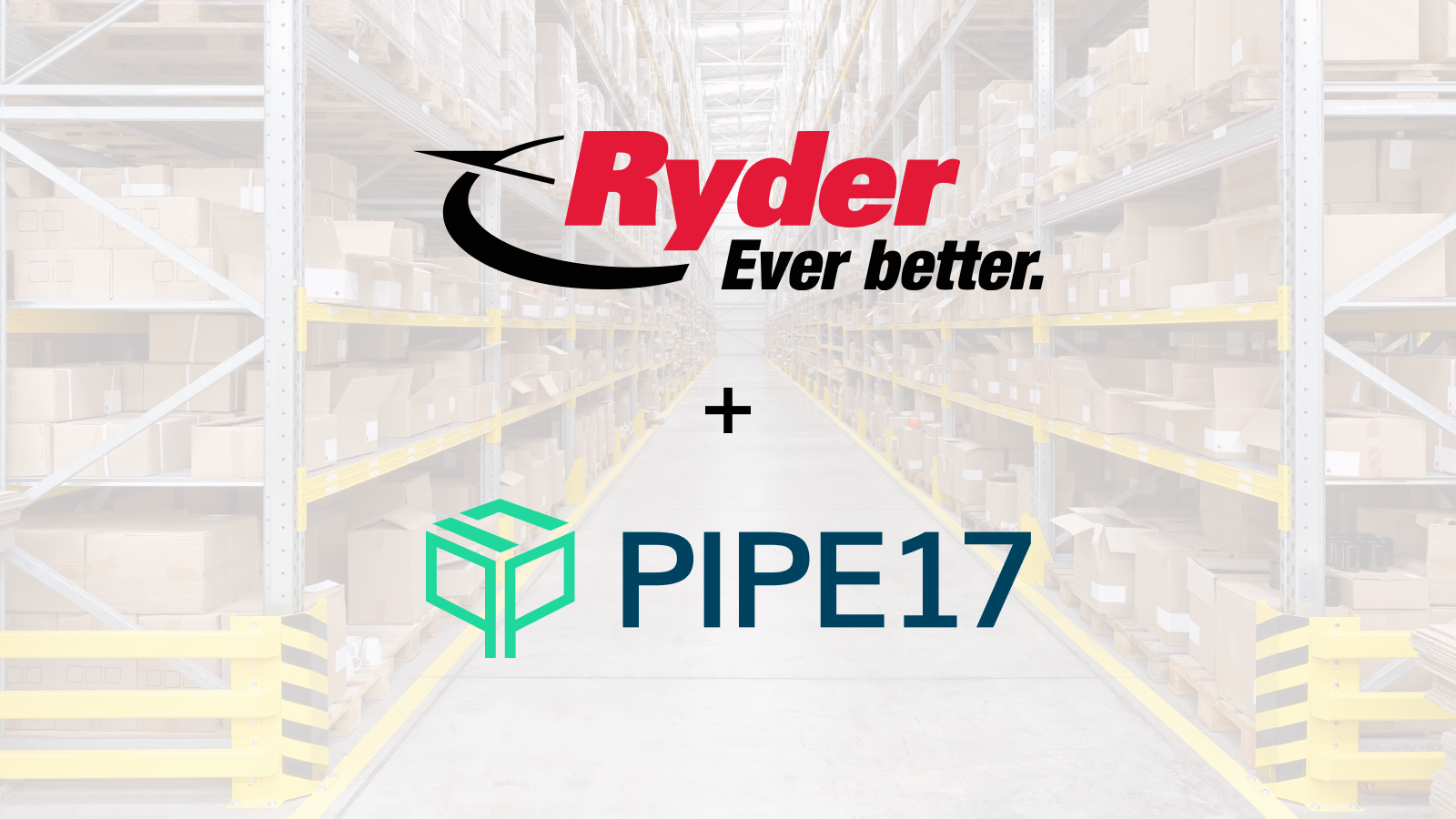eCommerce goes way beyond having a website page with shoppable products. It’s about building an ecosystem made up of multiple cogs that all turn in the right direction. These cogs — or rather, tech stack — must work together seamlessly to support the growth of your brand.
If you want to turn your eCommerce business into a well-oiled machine primed for success, you’re going to need a sophisticated stack of eCommerce integrations.
What is eCommerce integration?
eCommerce integration concerns the coordination between your eCommerce website (what your customers see) and their back-end systems (your website’s functionality).
These back-end systems include functions such as inventory management, order fulfillment, shipping, ERP, wholesale and accounting. Merchants with brick-and-mortar stores also need to connect your POS system with your ecommerce channels. However, the capabilities of back-end systems and applications don’t stop there.
The future of eCommerce is one of increasing fragmentation and curated solutions. As the eCommerce industry continues to boom, we’ll see even more applications emerge specializing in certain functions to be the best in a specific industry. The onset and popularity of headless ecommerce platforms contributes to the fragmentation. Those apps need to be able to work together to cover the full tech stack of features and solutions for a company to succeed and evolve.
eCommerce integration is focused on making sure all of your back-end applications and systems work together seamlessly. Having a seamless eCommerce integration will improve your site’s business performance (sell more), improve the customer experience, and remove the need for time-consuming manual actions which can lead to mistakes
Why eCommerce integration is vital for your business
Seamless eCommerce integration is a must-have for any brand that wants to grow online. The benefits of a well-oiled tech stack are paramount to scaling your eCommerce brand and you cannot do without it once you reach a certain scale.
Integration is needed whenever a merchant…
- Adds more sales platforms
- Works with a new 3PL to deliver faster to a wider audience
- Sells via brick and mortar and adds a new point of sale
- Re-platforms to headless commerce
- Implements an order and inventory management system
- Uses an ERP
SOR = system of record
Pipe17 has mapped out the most common instances where merchants need to utilize integrations in the graphic above.
Optimize operations
If fast data exchange, eliminating human error, and automating processes aren’t enough, your eCommerce integration will also help you continually optimize your operations as your business evolves.
While your eCommerce integrations won’t need constant maintenance or monitoring, they will need updating from time to time. Using a suite of eCommerce apps to manage your various systems and processes means you aren’t tied to one app.
As your eCommerce brand grows or your processes change, you may need to introduce new apps or remove redundant ones from your tech stack. Through your eCommerce order hub, you’ll be able to add, swap or remove apps easily based on your current business needs, experimentation strategy, and fulfillment matrix.
Reallocate saved time
By building a powerful tech stack, you’ll save the hours it would have taken to manually set up, manage, and update all of your individual processes and platforms.
eCommerce integrations let you recoup lost time and reallocate it to what matters — growing your business.
4 challenges to comprehensive eCommerce integration
eCommerce integration sounds like a powerful solution for any online retail business. So, why don’t more merchants do it?
The truth is, eCommerce integration can be complex; setting it up requires in-depth technical knowledge. If you want your eCommerce ERP integration to run smoothly, your tech stack needs to be carefully connected by a team that knows what they’re doing.
The main challenges are:
- Most general purpose integration apps out there aren’t eCommerce-aware, so you need developers and it’s time consuming — ERP vendors may like them, but merchants can struggle.
- The apps that are eCommerce-aware require complex mapping, which still requires developers. Although they save time compared to general purpose apps, they still are complex.
- Best practices for setting up integrations aren’t easily accessible or built into the integration apps which can lead to issues. Often, rapidly growing merchants that get to scale realize that wiring in all their selling channels into an ERP and expecting it to scale just doesn’t work.
Technical understanding
A good eCommerce integration reduces friction, and minimizes the need for manual data entry and processes. However, it still requires maintenance and often a dedicated IT team to implement.
Many of the integration apps available today aren’t specifically built for eCommerce, which means you’ll need to get technical and know how to make eCommerce processes fit into ERP systems.
If you don’t have an in-house IT team to rely on, you’ll need to consider partnering with external consultants to help master the complex integration technologies. Setting up and operating the systems behind your eCommerce apps has a steep learning curve, so it’s best to seek expert support. Without the right technical know-how behind you, you run the risk of misunderstanding integration requirements and making mistakes. This in turn can lead to project delays, cost hikes to rectify the error, and increased efforts to maintain the systems.
Limited integration capabilities
Another obstacle regarding comprehensive eCommerce integration is that not all apps can be integrated with the systems you need — for example many general purpose apps aren’t ecommerce aware.
Before setting up an eCommerce 3PL integration, you first need to make sure your 3PL partners and other eCommerce apps and systems effectively interact with one another. If you use an app that doesn’t have an API or can’t be integrated with your other systems, then you may need to consider changing to a new app before setting up eCommerce integration.
Data errors or loss
eCommerce integration mitigates human error. However, it does pose another challenge — data errors or loss. With so many systems and apps working together, it can be difficult to track the original source of the data being managed through your eCommerce ERP integration.
As you add more apps to your eCommerce tech stack, tracking the true source of data becomes even more complex. Because of this, it’s crucial to monitor the data being passed through your integration, collating and analyzing data reports to ensure everything runs as it should.
We always recommend merchants map out their workflows and understand exactly which apps are connected and how to develop a deep understanding of their unique eCommerce integration.
You can then trace any error back to the potential trigger point. This eCommerce integration workflow will also allow you to highlight any weak spots in your tech stack. This allows you to identify any missing pieces that need to be added to your integration.
Tip: Use Pipe17 as your centralized eCommerce integration hub to ensure seamless data processing and a unified system — no matter what apps you add or remove.
Change management
The world of eCommerce is constantly evolving. It’s a dynamic industry that requires brands to be equally dynamic and resilient.
The fast-paced nature of eCommerce means systems are always in flux. Every time something changes, your integrations need to be updated. Whether it’s an update to a 3PL, the rollout of new marketplaces, or the addition of a new fulfillment service, any and every alteration needs to be replicated in your integration as soon as it happens.
Your eCommerce team needs to be both reactive and proactive in the face of change. Having a well-documented change management process will speed up the process, making sure your team is aware of changes and how to manage them when they occur.
Tools for eCommerce integration
You can use numerous apps for eCommerce integration throughout all areas of your business. Choosing the right systems and methods of integration can create a seamless experience for your brand, your team, and your customers.
Your eCommerce integration will likely consist of:
- APIs
- Automation apps
- IPaaS and mapping apps
- eCommerce connectivity apps
Most eCommerce platforms and SaaS products offer APIs for the easy transition of data to and from the application. This means they can often be integrated with multiple apps to build a powerful integration tech stack.
APIs and developers
On the API level, lots of apps can be integrated to support the day-to-day activities of running an eCommerce store.
API integrations connect eCommerce software with your shopping platform. Many eCommerce apps now come equipped with their own APIs, offering direct access to data for improved connectivity. Multichannel shopping cart tools such as API2Cart can be a helpful starting point for connecting your eCommerce solution with over 40 shopping platforms and marketplaces at once.
The major eCommerce platforms and marketplaces all come with API documentation to allow merchants to “plug in” other apps and systems for improved operations. These API-ready eCommerce platforms include:
- Shopify
- BigCommerce
- Magento
- WooCommerce
- Amazon
- eBay
- Walmart Marketplace
Marketplace integration is key for any eCommerce business looking to offer an exceptional shopping experience to its customers.
If you’re in need of a more sophisticated marketplace integration solution, you can use a headless commerce API to connect apps and build a customized ecommerce platform. Fabric, Chord and Shogun are some of popular headless commerce solutions.
Automation apps
Automation is a must-have for any eCommerce team. It simplifies your working life knowing your tools will continue operating in the background without the need for human interference.
Layering automation tools on top of APIs can make it easier to manage your eCommerce tech stack. Doing this lets the automation app manage the communication between your APIs, your eCommerce platform, and your ERP to ensure they automatically pass data to each other.
Automation tools create triggers for specific circumstances in your processes. So, when something happens in one of your eCommerce apps, it starts a workflow that performs an action within another app (Zapier is a popular automation platform).
IPaaS and mapping apps
IPaaS (Integration Platform as a Service) and mapping apps act as the glue between your eCommerce platform and your ERP systems.
IPaaS refers to a suite of cloud services that enable the development, execution, and governance of integration flows across a myriad of processes, services, and data.
These integrations can work on premises or in the cloud for both physical and online stores. They also have the power to work within individual businesses or across multiple organizations. IPaaS serves as a centralized hub for communication between your apps, APIs and SaaS apps, and eCommerce platforms, making it a powerful component of any eCommerce integration.
Some IPaaS and mapping apps to consider for your eCommerce business include:
- Celgio
- Boomi
- Cleo
- NChannel
- eBridge
eCommerce connectivity
At Pipe17, we take eCommerce IPaaS one step further. Our integration platform was built solely for eCommerce; every aspect of our app, no matter how small, has been carefully curated with eCommerce in mind.
Pipe17’s focused design moves beyond the complexity of other IPaas and mapping tools to ensure a seamless eCommerce integration. This connectivity is further powered by our eCommerce-based workflows.
Link your shopping cart and marketplaces with your back-end fulfillment services, then easily automate your eCommerce workflows, all in one place. You’ll be able to access real-time reports and gain instant visibility to the status of your operations. If something goes wrong, you’ll be notified straight away so you can take immediate action. Let’s not forget the ability to switch out services easily as your brand changes and grows.
Pipe17 is a comprehensive eCommerce integration hub that overcomes the challenges of traditional tech stacks.
Fashion retailer St. Frank uses Pipe17 to manage order routing, inventory management and back-office ERP integration all without the need for additional training, software, or business changes. You can find more success stories on Pipe17’s customers page.
Wrapping up — Making sure your eCommerce integration and tech stack works seamlessly
eCommerce integration can supercharge your business growth. But setting up those integrations isn’t for the faint-hearted.
Although eCommerce integration boasts many benefits, it requires deep technical knowledge to connect everything. One wrong step could spell disaster for your business.
Pipe17 bypasses the challenges of traditional eCommerce integration models by acting as an eCommerce connectivity hub, ensuring your integrations work seamlessly today and well into the future. Skyrocket team productivity and performance, minimize error, and drastically improve the customer experience with Pipe17’s hassle-free solution.






